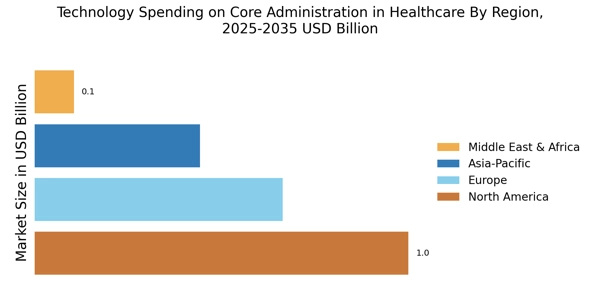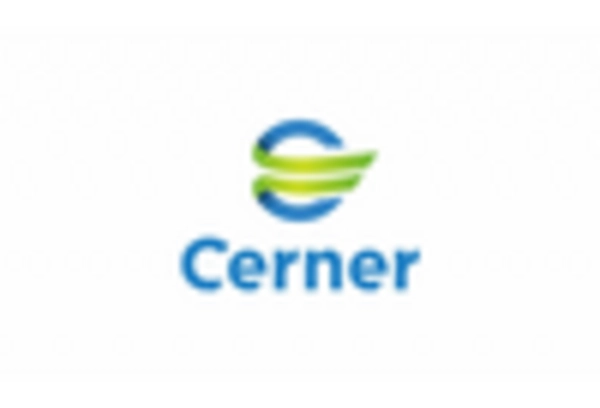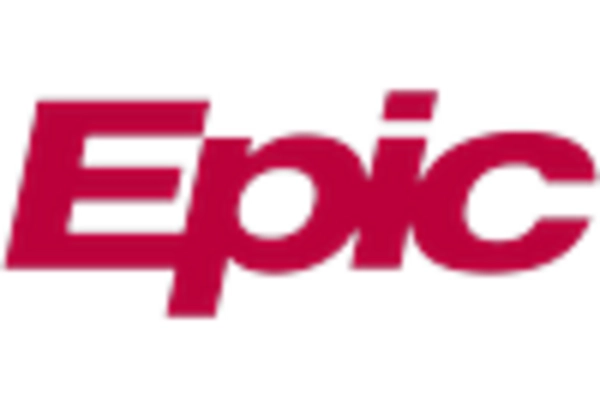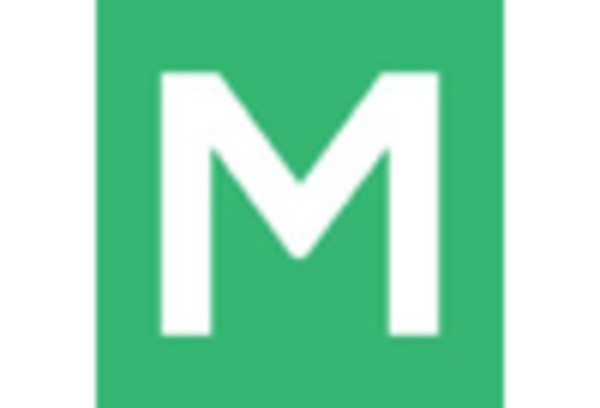Emphasis on Data Security
As healthcare organizations increasingly digitize their operations, the emphasis on data security has become a critical driver of technology spending on core administration in the healthcare industry. With the rise in cyber threats, organizations are compelled to invest in robust security measures to protect sensitive patient information. The healthcare sector has witnessed a surge in data breaches, prompting regulatory bodies to enforce stricter compliance standards. Consequently, spending on cybersecurity solutions is projected to grow significantly, with estimates suggesting an increase of over 20% in the next few years. This focus on data security not only safeguards patient trust but also ensures compliance with regulations, further driving technology spending on core administration in healthcare.
Shift Towards Cloud Solutions
The shift towards cloud solutions is reshaping technology spending on core administration in the healthcare industry. Cloud-based platforms offer scalability, flexibility, and cost-effectiveness, allowing healthcare organizations to manage their administrative functions more efficiently. By migrating to the cloud, organizations can reduce the need for extensive on-premises infrastructure, leading to lower operational costs. Recent studies indicate that healthcare organizations adopting cloud solutions may save up to 25% on IT expenditures. This trend reflects a broader movement towards digital transformation, as organizations recognize the advantages of technology spending on core administration in healthcare, enabling them to focus on delivering quality patient care.
Focus on Operational Efficiency
The focus on operational efficiency is a key driver of technology spending on core administration in the healthcare industry. Organizations are continually seeking ways to optimize their administrative processes to reduce waste and improve service delivery. By investing in technology solutions that enhance workflow management and data analytics, healthcare organizations can identify inefficiencies and implement corrective measures. Recent analyses suggest that organizations prioritizing operational efficiency may achieve a 15% improvement in administrative productivity. This drive for efficiency not only lowers costs but also enhances the overall patient experience, highlighting the critical role of technology spending on core administration in healthcare.
Regulatory Compliance Requirements
Regulatory compliance requirements are a significant driver of technology spending on core administration in the healthcare industry. Healthcare organizations must adhere to various regulations, including HIPAA and HITECH, which mandate stringent data management and reporting standards. Compliance necessitates the implementation of advanced administrative systems that can efficiently handle data processing and reporting. As a result, organizations are increasingly investing in technology solutions that facilitate compliance, leading to a projected increase in spending on administrative technologies. This focus on regulatory compliance not only mitigates the risk of penalties but also enhances operational integrity, underscoring the importance of technology spending on core administration in healthcare.
Integration of Advanced Technologies
The integration of advanced technologies such as artificial intelligence, machine learning, and automation is driving technology spending on core administration in the healthcare industry. These technologies streamline administrative processes, enhance operational efficiency, and reduce costs. For instance, AI-driven solutions can automate scheduling and billing, which traditionally consume significant time and resources. According to recent data, healthcare organizations that adopt these technologies may experience a reduction in administrative costs by up to 30%. This trend indicates a growing recognition of the potential benefits of technology spending on core administration in healthcare, as organizations seek to improve patient care while managing expenses.


















Leave a Comment